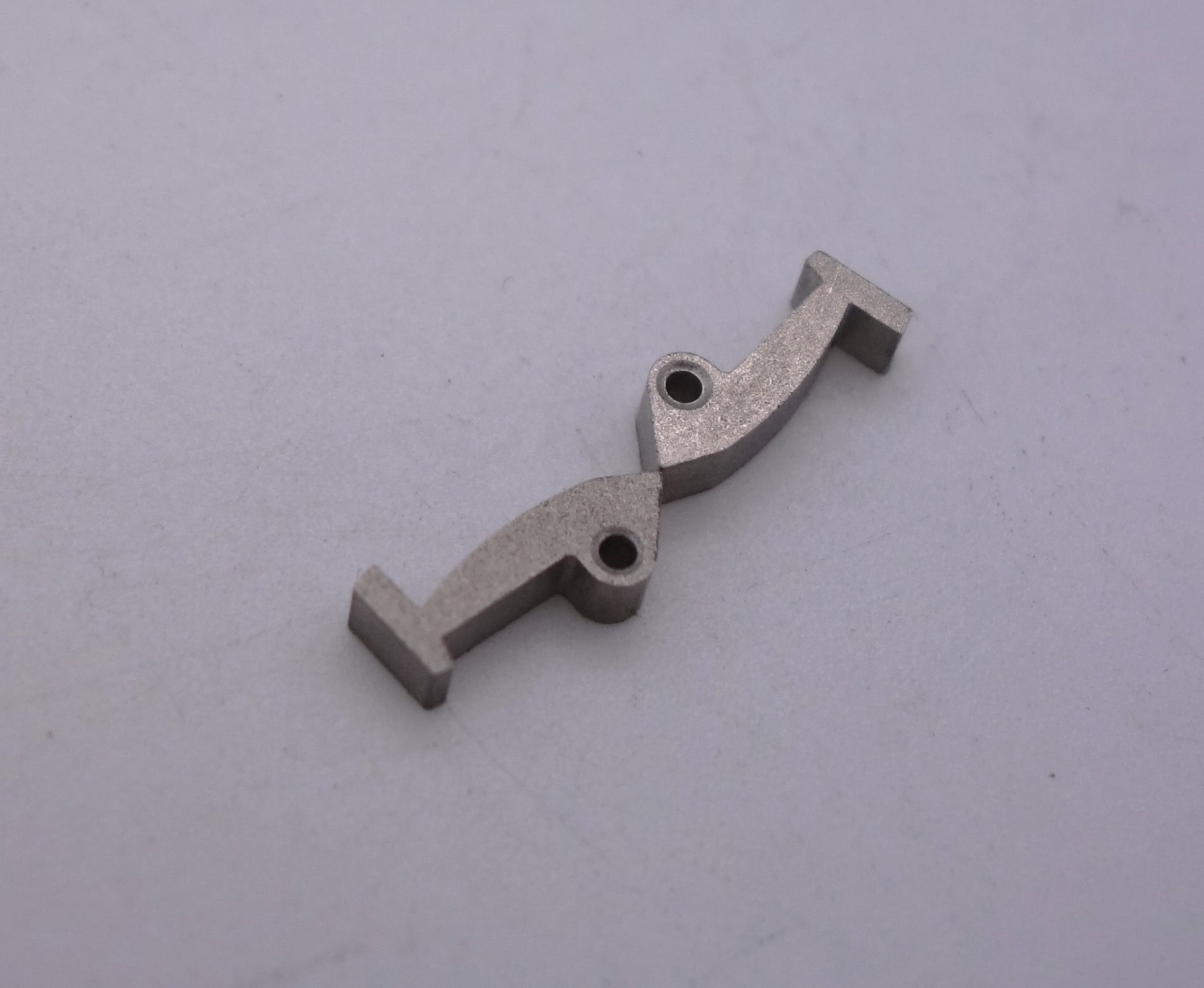Spinlocks and Timing Gears
Spinlocks and timing gears are essential components that ensure the smooth and efficient operation of complex machinery. Spinlocks — primarily used in artillery — are precision-engineered devices made from stainless steel and known for their adherence to stringent defense standards. Meanwhile, timing gears, such as sector and sequencing gears, are vital in coordinating movements within applications across the defense and broader mechanical sectors.
Allied Sinterings has been a global leader in producing custom-engineered powder metal products for small applications. We specialize in miniature gears and components for planetary drives and assemblies for medical devices. Our products also serve various industrial, commercial, and consumer markets, showcasing their versatility and quality.
Mechanisms of Spinlocks
Here are the mechanisms that illustrate their functionality and benefits in various applications:
Spinning Activation
A spinlock uses busy-waiting, where a thread continuously checks a lock variable until it becomes available — a process known as spinning. When a thread encounters a spinlock, it enters a loop that repeatedly checks if the lock can be acquired. This minimizes context-switching overhead but can lead to wasted CPU cycles if the lock is held for long durations.
Detonation Trigger
In artillery, a spinlock can be part of the detonation mechanism. Spinning can arm or disarm the device, ensuring it only activates under specific conditions. This mechanism is crucial for safety in military applications, where precise control over the timing and activation of explosives is needed.
Corrosion Resistance
Spinlocks are often made from corrosion-resistant materials such as stainless steel. This ensures their longevity and reliability, even under adverse conditions. Such durability is particularly critical in military and aerospace applications, where failure due to corrosion can have catastrophic consequences.
Applications of Spinlocks
These are the various uses of a spinlock:
- Operating systems: They are used extensively in OS kernels to manage access to shared resources, ensuring data integrity without incurring the overhead of putting threads to sleep.
- High-performance computing: A spinlock is essential in circuit boards and multi-processors for quick and frequent synchronization, preserving high performance by circumventing delays linked with traditional locks.
- Embedded systems: These are employed in embedded systems where resources are limited, and the overhead of sleep/wake cycles must be minimized.
- Real-time systems: They are preferred for their ability to provide timely access to resources without context-switching delays, guaranteeing predictable and quick response times.
- Mechanical applications: Spinlocks are used for activation, arming, and locking out a device or system, ensuring secure and precise control.
Mechanisms of Timing Gears
The following are the mechanisms and characteristics of timing gears:
Gear Engagement
Timing gears engage with other gears to synchronize the movement of various machine components. This engagement is characterized by the gears’ interlocking teeth, which transfer motion and force smoothly and accurately. Proper gear engagement guarantees the gears rotate together without slipping, maintaining precise timing and coordination.
Sector and Sequencing Functions
Sector gears are partial gears that rotate at a limited degrees and are often used to control a component’s position. Meanwhile, sequencing gears control the order and timing of operations in a system. These gears are commonly found in aerospace and automotive applications to manage components that need to move to specific positions, such as flaps or throttles.
Material Durability
Timing gears are made from durable materials such as hardened steel, brass, or specialized alloys. These materials are chosen for their ability to withstand high stress and resist wear and tear. Additionally, these guarantee that timing gears can operate reliably under extreme conditions.
Precision Timing
These gears are designed to provide precise control over the timing of mechanical movements. This involves ensuring the gears rotate at exact intervals, maintaining synchronization between connected components.
Fine Pitch Gear Profiles for Precision Timing up to 120DP
Fine-pitch gear profiles — including those with up to 120 Diametral Pitch — have very small and closely spaced teeth, allowing precise movement control. The fine pitch also provides for smooth and accurate transmission of motion.
Applications of Timing Gears
Listed below are the roles of timing gears in synchronizing mechanical movements in different applications:
- Automotive engines: Timing gears synchronize the camshaft and crankshaft, ensuring that engine valves open and close at the correct times.
- Aerospace systems: These gears are used in actuators and control systems to manage the position and movement of aircraft components like flaps and landing gear.
- Industrial machinery: Timing gears are employed in automated systems to sequence operations accurately and make sure that each step in a manufacturing process occurs at the correct time.
- Medical devices: Fine-pitch timing gears are used in medical devices and equipment that require precise movements, such as surgical tools and diagnostic machines.
Elevate Your Manufacturing With Allied Sinterings’s Top-Tier Powder Metal Solutions!
Allied Sinterings is your premier destination for custom-engineered powder metal products, including spinlocks and timing gears. With a legacy of precision over decades, we cater to major manufacturers — delivering superior-quality components for small applications. As pioneers in the industry, we were the first to achieve ISO 9000 certification, which underscores our excellence in every operation.
Contact us now to elevate your manufacturing processes!





